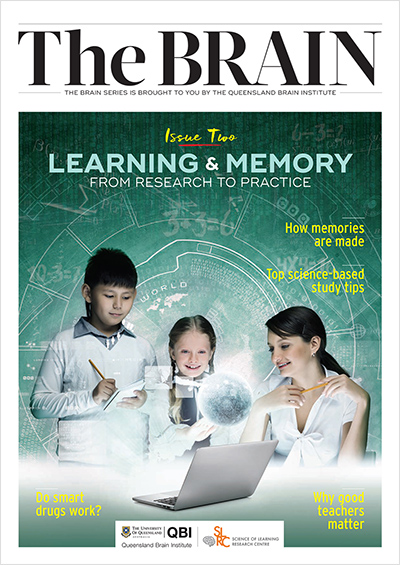Speaking multiple languages

What’s their secret? Is their ability with languages simply due to persistence, or do their brains work differently to give them an advantage in this area?
Emil Krebs, a 19th century German polyglot, was reportedly able to speak and write 68 different languages. A post-mortem study of his brain found anatomical differences in Broca’s region, an area of the frontal lobe important for speech production. Researchers were unable to determine, however, whether the structure of his brain was unique from birth, or resulted from his language learning.
Other research supports the idea that brain anatomy does contribute in some way to language learning. A study by Northwestern University researchers found that having a larger left Heschl’s gyrus – a brain region known to be involved in processing pitch – was associated with more success in learning foreign pitch patterns.
But Heschl’s gyrus is just part of the story. Speech relies on connectivity between many regions of the brain, and success at learning a language depends on multiple factors including literacy in your native language, general verbal intelligence and the age at which you first learn the foreign language.
Bilingual brains are healthier
It could be worth dusting off those old French textbooks from high school! Research suggests bilingualism contributes generally to the maintenance of a healthy brain. Neuroplastic brain changes, including increased grey matter density, have been found in people with skills in more than one language, from children and young adults through to the elderly.
Such changes even occur with short-term learning. And at least one review has found that lifelong bilingualism is associated with an average delay in the onset of dementia.


